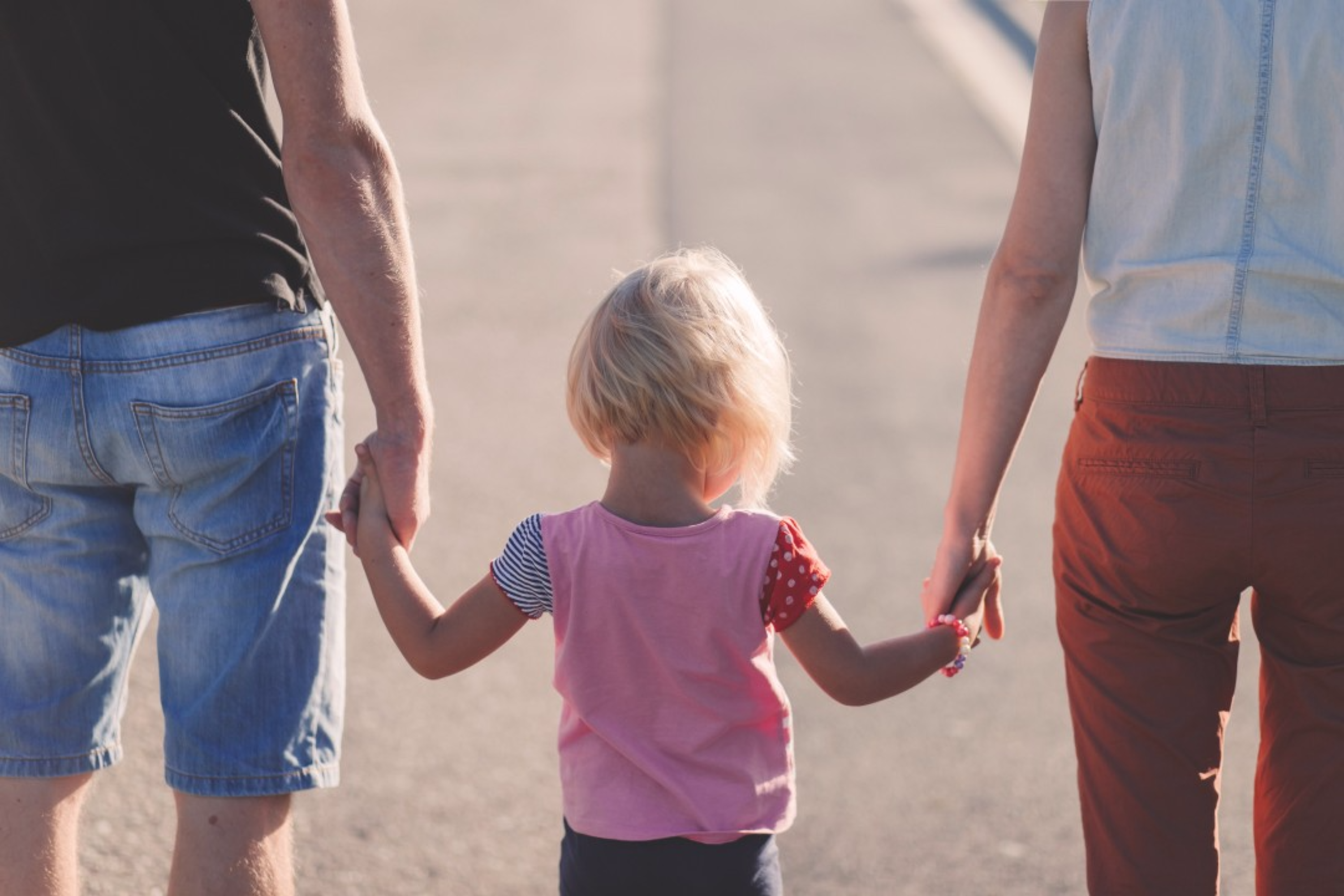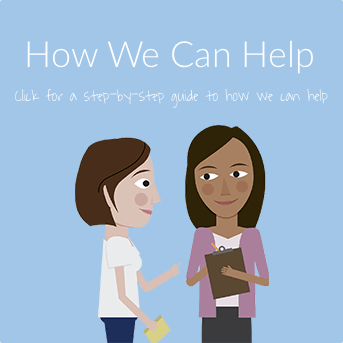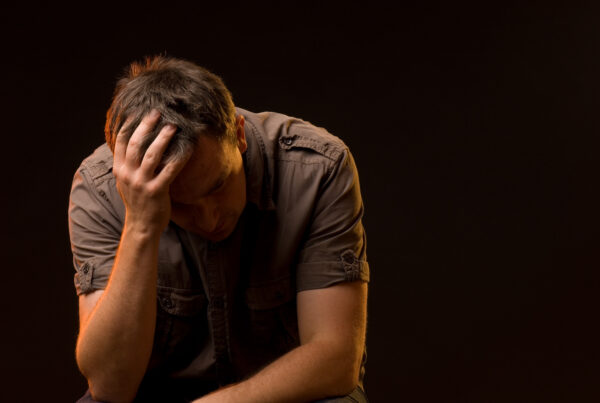I sometimes get questions from people asking about identifying and treating anxiety in children, in particular social anxiety in children. “What do I do as a parent or teacher? How do I recognize social anxiety disorder in my child?” The short answer is a) be patient and supportive, b) listen to your child, a lot, and c) notice what they do, what their body says…and what they avoid.
A friend recently sent me this description of helping his 2nd grade daughter navigate the waters of social discomfort. I offer it here as an example of what I mean. Can you relate? Maybe as you recall your childhood? Maybe as a parent?
 "Our second-grade daughter doesn't do social activities that put her in the spotlight. She's not what you would call a social bug. More like a social introvert. She loves to draw and read by herself but dreads going to large social functions. It's the anticipation of the events that proves the worst. We have learned to look for physical manifestations of her anxieties, including stomach pain, lack of appetite, and tears. In the week leading up to her winter concert in December she had a stomachache, diarrhea and difficulty sleeping. She cried first thing in the morning and didn't want to go to school, but we couldn't figure out why since a school concert hardly registers on our radar. She couldn't articulate the fear until we engaged her in an extended conversation in her bedroom and probed with questions about school and her activities. We noticed patterns, like the fact that she was ending up in the nurse's office at the same time on certain days. Eventually, she mentioned feeling scared about her school concert. She got a tummy ache when she was about to go to music practice. Once we talked to her about it, she started to feel a little better. We walked her through worst-case scenarios and made sure she had the tools to deal with whatever might come. We told her some of our embarrassing stories and found laughter as we expressed our own fears (note: kids find stories about boogers, flatulence, and underwear reassuring and hilarious). It helped immensely.
"Our second-grade daughter doesn't do social activities that put her in the spotlight. She's not what you would call a social bug. More like a social introvert. She loves to draw and read by herself but dreads going to large social functions. It's the anticipation of the events that proves the worst. We have learned to look for physical manifestations of her anxieties, including stomach pain, lack of appetite, and tears. In the week leading up to her winter concert in December she had a stomachache, diarrhea and difficulty sleeping. She cried first thing in the morning and didn't want to go to school, but we couldn't figure out why since a school concert hardly registers on our radar. She couldn't articulate the fear until we engaged her in an extended conversation in her bedroom and probed with questions about school and her activities. We noticed patterns, like the fact that she was ending up in the nurse's office at the same time on certain days. Eventually, she mentioned feeling scared about her school concert. She got a tummy ache when she was about to go to music practice. Once we talked to her about it, she started to feel a little better. We walked her through worst-case scenarios and made sure she had the tools to deal with whatever might come. We told her some of our embarrassing stories and found laughter as we expressed our own fears (note: kids find stories about boogers, flatulence, and underwear reassuring and hilarious). It helped immensely.
This is not something that comes naturally to me. I am much more outgoing than our daughter and can't relate to the sort of deep fears that grip her at times like this. But, I can see that they are very real. It feels extremely frustrating to watch your child struggle with something you can hardly understand. Thankfully, she has a great mom who is very patient with her and recognizes the signs of anxiety since she has experienced them herself in the past. Watching and listening to her has taught me a great deal about patience, kindness, and grace when dealing with things like this. She has taught me to recognize the signs and how to draw out the fears in our children and to affirm the feelings without dismissing or encouraging them. It's truly amazing to see their countenance change as they unburden themselves of the fears. The struggle with anxiety, as anyone who has experienced it knows, is ongoing. It does not end after one battle. Going back to school in the new year has had its own fears and tears. We are still helping her to navigate her anxiety by modeling constructive cognitive and behavioral principles that we have gleaned from our own experience, from our own reading, and from conversations with friends who have been through something similar. It's not easy, but seeing that smile of hers in public makes it all worth it."
The frustrations of parenting an anxious child are very real, but so are the benefits of patience and research.
Here are three quick links to websites that provide useful information to parents with anxious children.
-The ADAA’s page on Children and Teens
-ABCT’s Resource List for anxiety
-Our own resources on CBT and social anxiety at Learn to Live (for parents who want to address their own anxiety as they help their children)





4 Comments